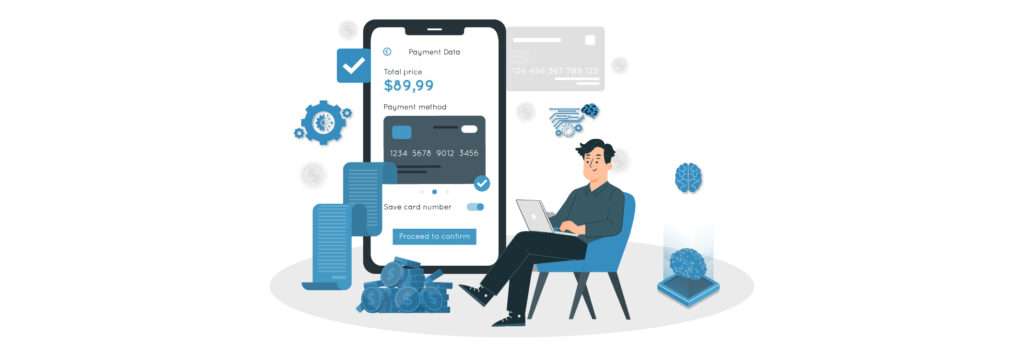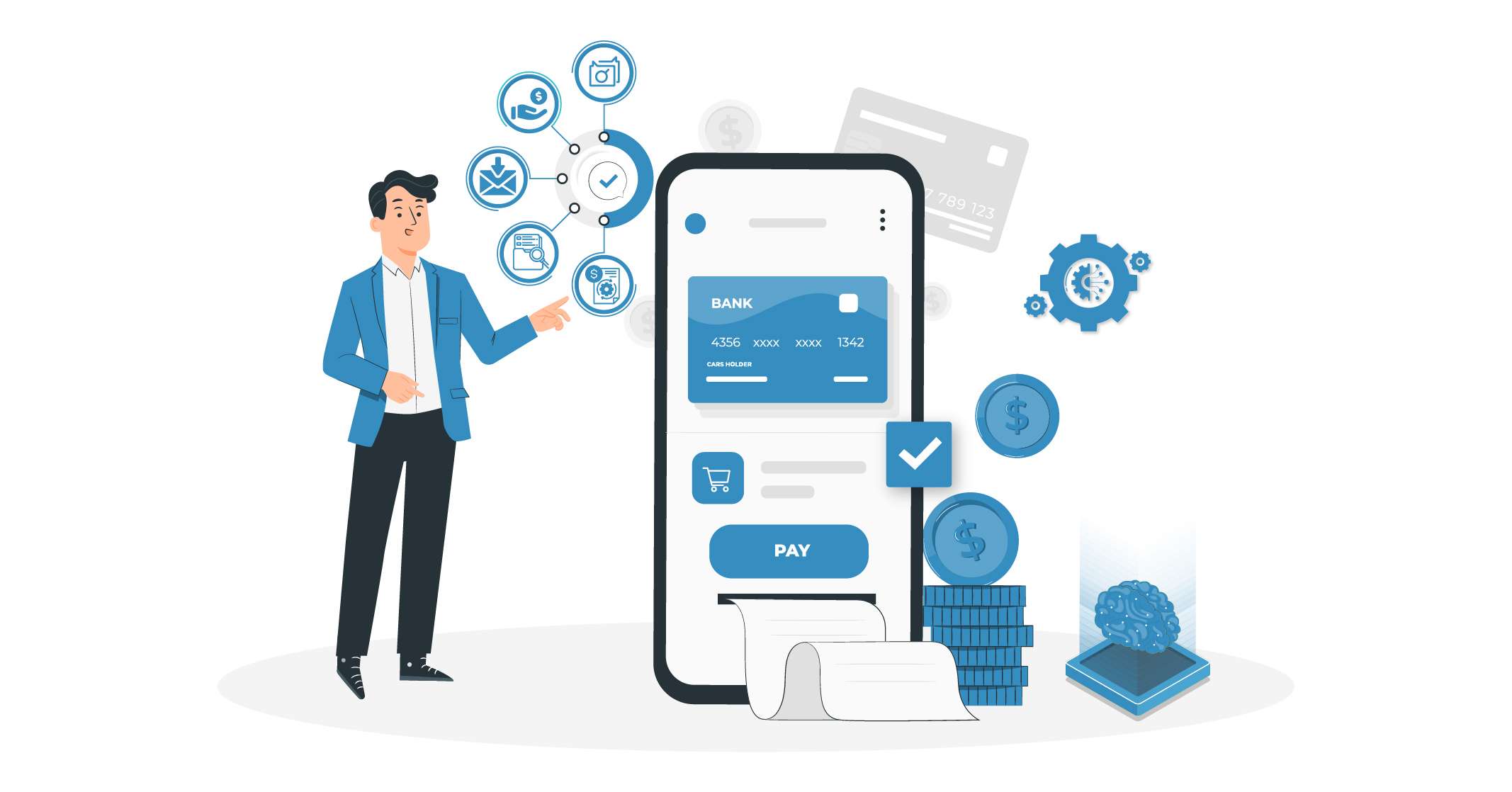Did you know that companies can cut their invoice processing times by as much as 60% when they have an optimised accounts payable (AP) workflow? A well-organised accounting process workflow serves as the foundation for your financial management, directing the way your company handles and resolves supplier responsibilities. Every stage is essential to guaranteeing accurate and fast transactions, from the moment an invoice arrives in your inbox until the final payment execution.
Our in-depth guide will go over the specifics of the accounts payable workflow and show you how to become an expert in order to improve financial accuracy, expedite processes, and forge closer bonds with suppliers. Gaining a grasp of the AP workflow will enable you to take on obstacles head-on and realise the full potential of your business, regardless of whether you’re struggling with manual operations or exploring automation.
What is Accounts Payable Workflow?
The systematic process and approvals that businesses use to handle and settle their financial commitments to suppliers is known as the “Accounts Payable Workflow.” It starts when an invoice is received and ends when money is distributed. It includes the processes of approval, payment, and verification.

Key Steps in the Accounts Payable Workflow
- Invoice Receipt: The process begins with receiving invoices from suppliers, detailing goods or services provided and payment terms.
- Invoice Verification: Purchase orders, contracts, and delivery receipts are examined closely to ensure that all invoices are accurate. Before moving forward, this stage guarantees alignment.
- Invoice Approval: Once verified, invoices are routed for approval based on predetermined authorization levels within the organization. Approval ensures that payments align with budgetary and contractual obligations.
- Invoice Processing: Approved invoices are entered into the accounting system for processing. This step involves coding invoices, allocating costs to respective departments, and preparing them for payment.
- Payment Authorization: Before funds are disbursed, invoices undergo a final review to ensure compliance with company policies and regulatory guidelines. Authorization confirms the validity of payments.
- Payment Execution: The final step involves executing payments within agreed-upon terms. This may include issuing checks, electronic transfers, or other payment methods as per supplier agreements.
Top Benefits of Accounts Payable Automation

The integration of automation into Accounts Payable processes enhances operational efficiency and reduces costs. Key benefits include:
- Enhanced Efficiency: Automation streamlines invoice processing, reducing cycle times and allowing staff to focus on strategic activities.
- Cost Savings: Automated workflows minimize labor costs associated with manual data entry and processing errors, leading to financial savings.
- Improved Accuracy: Automated systems eliminate human error by systematically verifying invoice details against purchase orders and contract terms, ensuring payment accuracy.
- Enhanced Visibility: Real-time reporting and analytics provide stakeholders with transparency into invoice status, approvals, and payment timelines, improving decision-making.
- Compliance and Security: Automated AP workflows enforce compliance with company policies and regulatory requirements, reducing the risk of errors and fraud.
Common Challenges in Accounts Payable Management

Managing accounts payable (AP) involves navigating through various challenges that can impact efficiency, accuracy, and overall financial health. By addressing these challenges proactively, organizations can streamline their AP processes and achieve better outcomes. Here are some of the most prevalent challenges faced in AP management today:
- Invoice Processing Delays
One of the primary challenges in AP management is delays in invoice processing. This can occur due to manual data entry errors, missing information on invoices, or inefficient approval workflows. As a result, delayed processing leads to missed payment deadlines, late fees, and strained vendor relationships.
To mitigate this challenge, leveraging automation tools for data extraction, invoice validation, and approval routing can significantly reduce processing times. Automated systems can capture invoice data accurately, match it with purchase orders and contracts, and route it swiftly through approval workflows, ensuring timely payments and improved vendor satisfaction.
High Error Rates and Discrepancies
Manual data entry is prone to errors, resulting in discrepancies in invoice details, payment amounts, and accounting records. These errors not only impact financial reporting accuracy but also lead to reconciliation issues and potential compliance issues.
Implementing automated AP solutions with built-in validation checks and error correction capabilities can minimize these discrepancies. Automation tools can flag inconsistencies in invoice data, duplicate payments, and discrepancies between purchase orders and invoices, allowing AP teams to resolve issues promptly before they escalate.
Lack of Visibility and Transparency
Limited visibility into the AP process can hinder decision-making, audit readiness, and overall financial control. Without real-time insights into invoice status, payment schedules, and liabilities, organizations may struggle to forecast cash flow accurately and monitor financial performance effectively.
Modern AP automation platforms offer dashboards and reporting functionalities that provide stakeholders with real-time visibility into the entire AP lifecycle. These tools enable AP managers to track invoice statuses, monitor approval bottlenecks, and generate comprehensive reports for financial analysis and audit purposes, enhancing transparency and accountability across the organization.
Compliance and Regulatory Challenges
Meeting regulatory requirements and compliance standards is crucial for AP departments, especially in industries with stringent regulations such as healthcare, finance, and government contracting. Non-compliance can result in penalties, legal liabilities, and reputational damage for organizations.
Automated AP solutions can integrate regulatory compliance checks and validation processes into their workflows. These solutions can ensure adherence to tax regulations, vendor payment terms, internal policies, and external audit requirements. By automating compliance procedures, organizations can mitigate risks and ensure consistent adherence to regulatory standards.
Manual and Paper-Based Processes
Many organizations still rely on manual and paper-based AP processes, which are inherently inefficient, time-consuming, and prone to errors. Handling paper invoices, physical approvals, and manual data entry not only increases processing costs but also limits scalability and agility in responding to business growth and operational demands.
Transitioning to digital AP automation eliminates the reliance on paper documents and manual tasks. Cloud-based solutions enable electronic invoice submission, automated data capture, digital approvals, and seamless integration with ERP systems. By digitizing AP processes, organizations can enhance operational efficiency, reduce processing times, and support remote work capabilities.
Vendor Management and Communication
Effective vendor management is essential for maintaining positive supplier relationships and negotiating favorable terms. However, challenges such as delayed vendor payments, communication gaps, and disputes over invoice discrepancies can strain these relationships and impact procurement operations.
Automated Accounts Payable Workflow With Automation
These challenges can be effectively combated if there is 100% accuracy and efficiency in the entire AP process. For this, we recommend adopting an AI tool that manages everything for you end-to-end. Tools like Serina.ai offer comprehensive solutions to transform your accounts payable workflow. Here’s how automation can help:
Key Features of Serina.ai’s Automated AP Workflow
- Intelligent Invoice Capture: Advanced AI-driven OCR technology to accurately capture and extract data from invoices. This eliminates manual data entry errors, ensuring precision from the outset.
- Automated Invoice Matching and Verification: The system automatically matches invoices with purchase orders and contracts, flagging any discrepancies for immediate resolution. Ensuring only the verified invoices move forth.
- Dynamic Approval Routing: Serina.ai’s intelligent routing engine directs invoices to the appropriate approvers based on predefined rules and authorization levels, accelerating the approval process and ensuring compliance.
- Seamless ERP Integration: Serina.ai integrates effortlessly with existing ERP systems, allowing for smooth data transfer and synchronization. This minimizes disruptions and enhances overall efficiency.
- Real-Time Analytics and Reporting: Stakeholders gain access to real-time insights into invoice statuses, approval bottlenecks, and payment timelines. Comprehensive reporting capabilities support informed decision-making and audit readiness.
- Enhanced Compliance and Security: Automated workflows in Serina.ai enforce compliance with regulatory requirements and company policies, reducing the risk of errors, fraud, and non-compliance penalties.
Final Thoughts
Mastering Accounts Payable Workflow is crucial for organizations seeking to optimize financial operations, strengthen supplier relationships, and achieve sustainable growth. By implementing efficient AP workflows and leveraging automation, businesses can mitigate challenges, enhance operational efficiency, and maintain financial accuracy. As businesses evolve, embracing technology and best practices in AP management will remain essential for driving competitive advantage and achieving long-term success.
FAQ
- Why Automate Your Accounts Payable Workflow?
Automation improves efficiency, reduces errors, and enhances financial control, leading to cost savings and operational benefits.
- What is an Accounts Payable Process Flow Chart?
A process flow chart visually illustrates the sequence of steps involved in managing accounts payable, from invoice receipt to payment authorization, aiding in process optimization.
- What is Workflow in AP?
Workflow in AP refers to the systematic process of managing invoices and payments, ensuring accuracy, compliance, and timeliness throughout the payment cycle.
- What is the Correct Accounts Payable Workflow?
The correct AP workflow varies by organization but typically includes standardized procedures for invoice receipt, verification, approval, processing, authorization, and payment, tailored to meet business needs and regulatory requirements.



